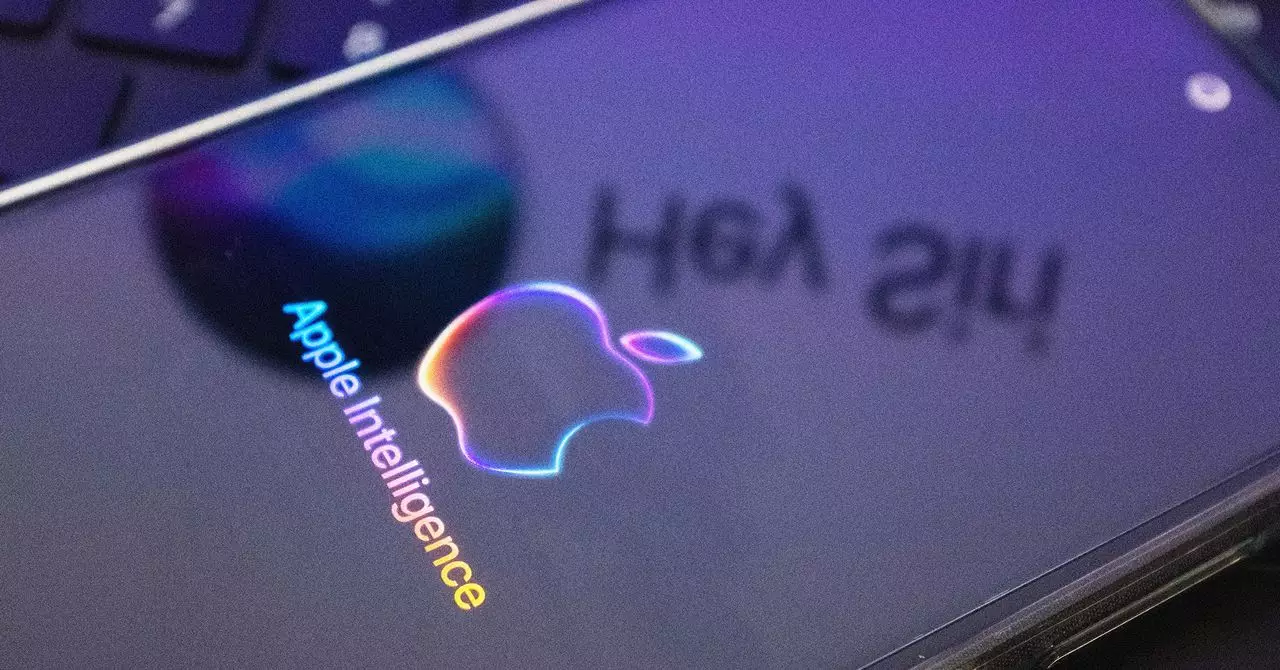Apple’s journey with Siri reflects the quintessential narrative of ambition colliding with reality. Envisioned under the guidance of then-CEO Steve Jobs, Siri was celebrated for its potential to revolutionize how users interact with technology. Tom Gruber, a co-founder of Siri, recalls the significant involvement of Jobs in negotiating the acquisition and ensuring the product’s integration within Apple’s framework. This narrative lays the foundation for a wider examination of what happens when lofty expectations meet the inevitability of technical limitations.
While the fervor surrounding Siri during its inception was palpable, it masked deeper issues that would later bubble to the surface. Former Apple executives, such as Richard Williamson, have publicly assessed the initial capabilities of Siri with a degree of candor that shakes consumer confidence. The product was more show than substance—a demo that promised more than it could deliver. In an era when artificial intelligence was still finding its footing, Siri’s functionality relied mostly on managing simple keyword matching rather than advanced natural language processing (NLP).
Understanding the Flaws: What’s Behind the Curtain?
The contrast between public perception and internal acknowledgment at Apple underscores a crucial divergence. The initial version of Siri, equipped with a veneer of sophistication, failed to scale to a broader user base. It was a “hot mess,” a term used by Williamson that encapsulates the dissonance between expectations and reality. Siri may have entered the market with a fanfare but was limited in its ability to provide meaningful interactions, often resulting in frustrating user experiences.
The underlying technological framework proved cumbersome in addressing real-world queries. The limitations of Siri were apparent even among early adopters; it often struggled to interpret contextual cues, rendering it less effective than its competitors like Google Assistant, which leaned heavily on user data to enhance its performance and adaptability.
Privacy vs. Performance: Apple’s Dichotomous Approach
A core aspect of Apple’s philosophy has always revolved around user privacy, a value that has both propelled and constrained Siri’s development. Apple has undoubtedly maintained a pristine brand image, promoting data stewardship as a fundamental right. This commitment seems commendable at first glance, yet it prompts crucial questions about whether this ethos conflicts with the evolution of AI technology within their ecosystem.
As technology continues to advance, the tension between privacy and optimal functionality remains unresolved. Gruber suggests that if Apple were to align Siri’s capabilities more closely with the data-driven methodologies used by competitors like OpenAI, they risk undermining their established privacy-oriented brand. By sending user queries to external AI solutions, Apple could enhance Siri’s performance but at the cost of sacrificing the very principles it stands for.
The Future of Siri: A Hybrid Model Struggling for Relevance
In the forthcoming updates to Siri, Apple appears to be adopting a hybrid model that seeks to balance local processing with more intricate queries handled by external systems like OpenAI. The proposed architecture indicates a dual-layered approach where a basic language model functions within the iPhone, while complex queries require user consent for offloading to external servers. However, this arrangement raises serious considerations about the reliability of Siri.
With Apple’s current model allegedly comprising around three billion parameters, it pales in comparison to OpenAI’s powerful GPT-4, which operates with an astronomical 1.8 trillion parameters. This disparity underscores a significant challenge: Can a company committed to minimal data exploitation cultivate a product that remains competitive in the fast-paced AI landscape? The need for permission to access external resources introduces a new layer of complexity—users must weigh their privacy concerns against the potential for a more robust and intelligent assistant.
Navigating the AI Landscape: Lessons from the Competition
In a rapidly evolving marketplace, where technologies like AI increasingly dominate daily interactions, the responsiveness of companies like Apple to user needs will prove determinative. While providing a secure environment is undoubtedly appealing, Apple must avoid alienating its user base with subpar offerings in digital assistance.
As competition mounts, Apple’s challenge is to recalibrate valid expectations without compromising its commitment to user privacy. The development trajectory for Siri will need to exemplify not just technological innovation but also the ability to listen and respond to consumer feedback—a balancing act that could define the future of AI interactions across the globe. The next steps for Siri remain to be seen, but a delicate equilibrium between data privacy and functional richness is paramount for its evolution.

